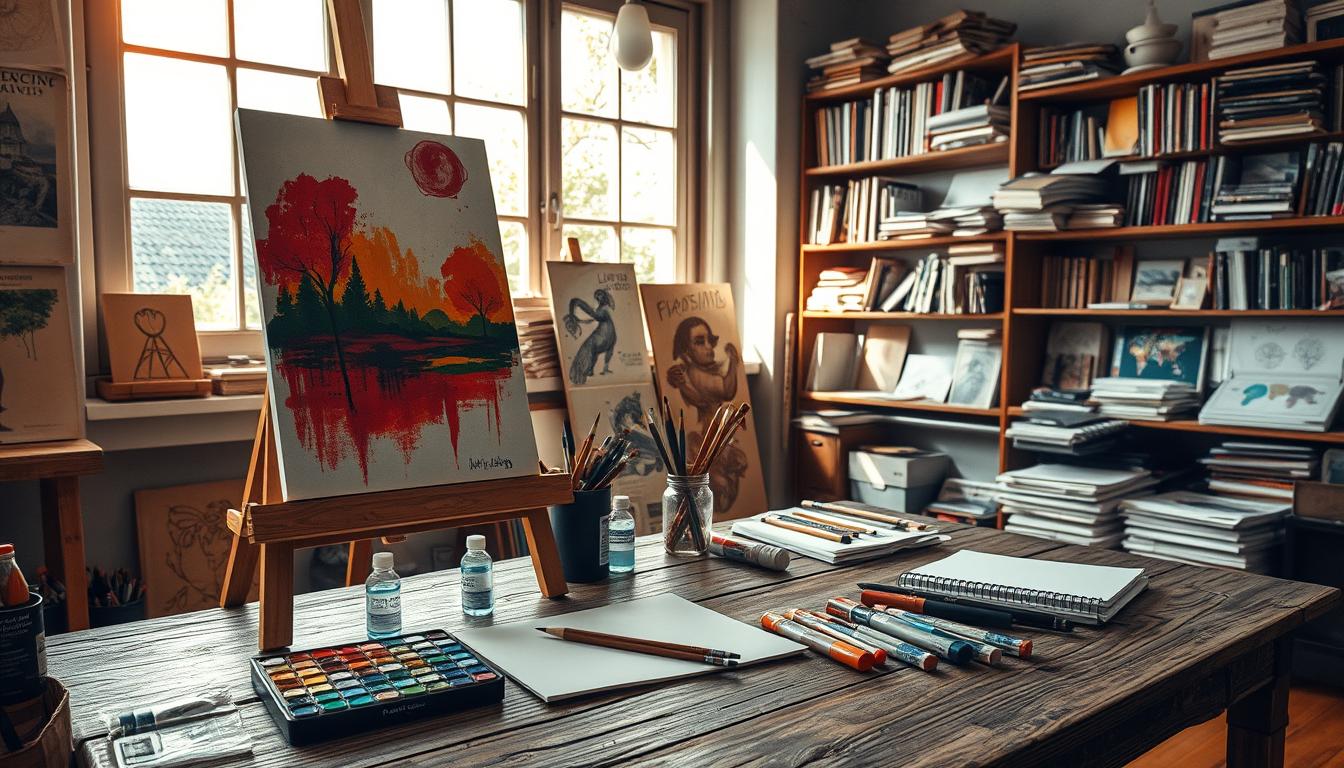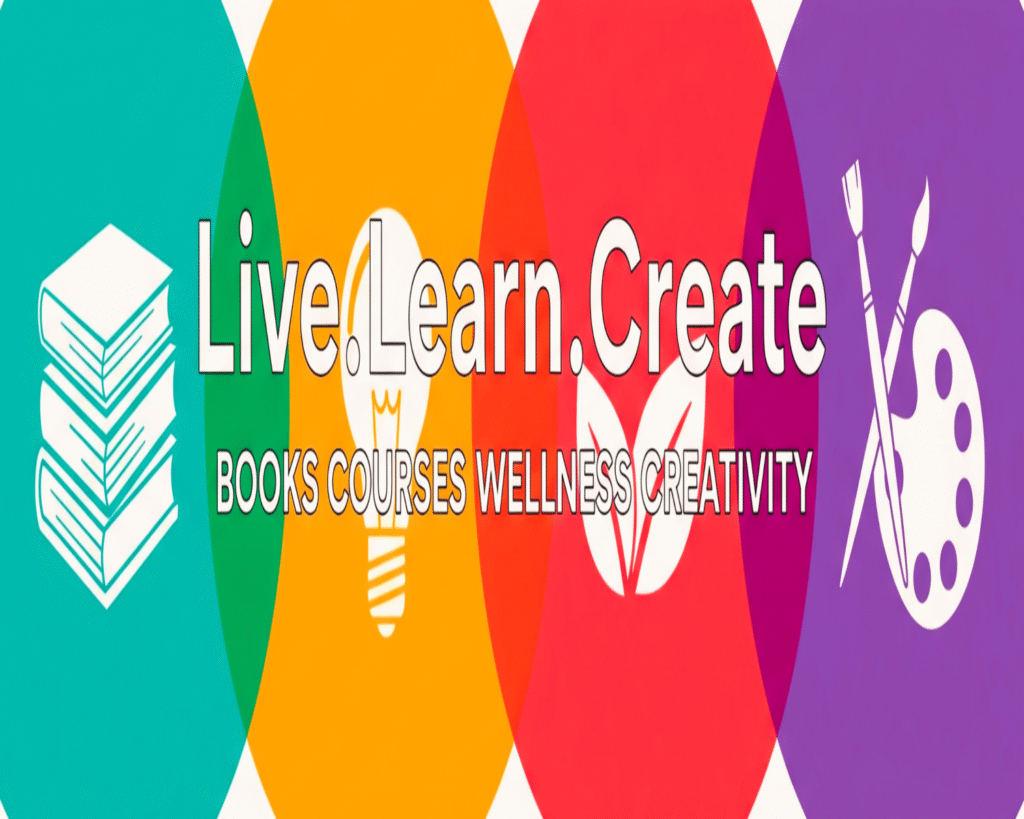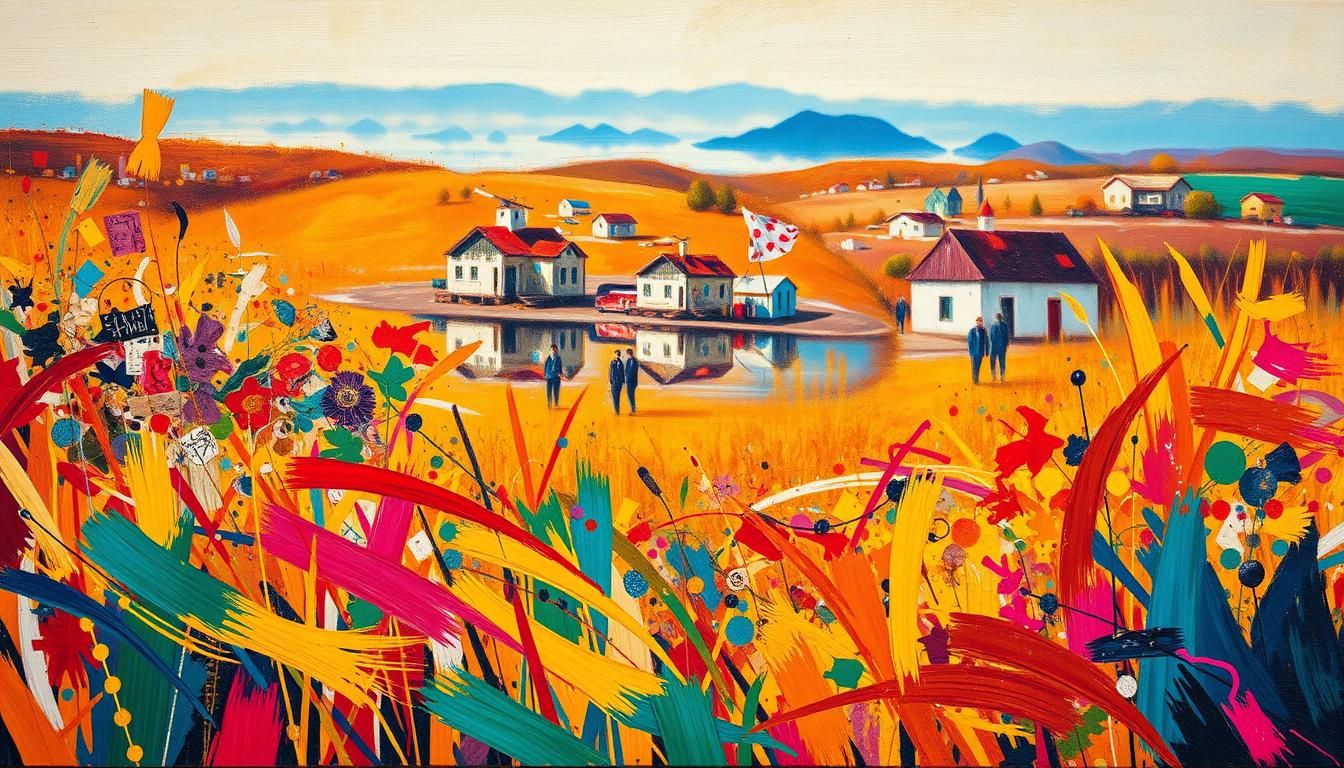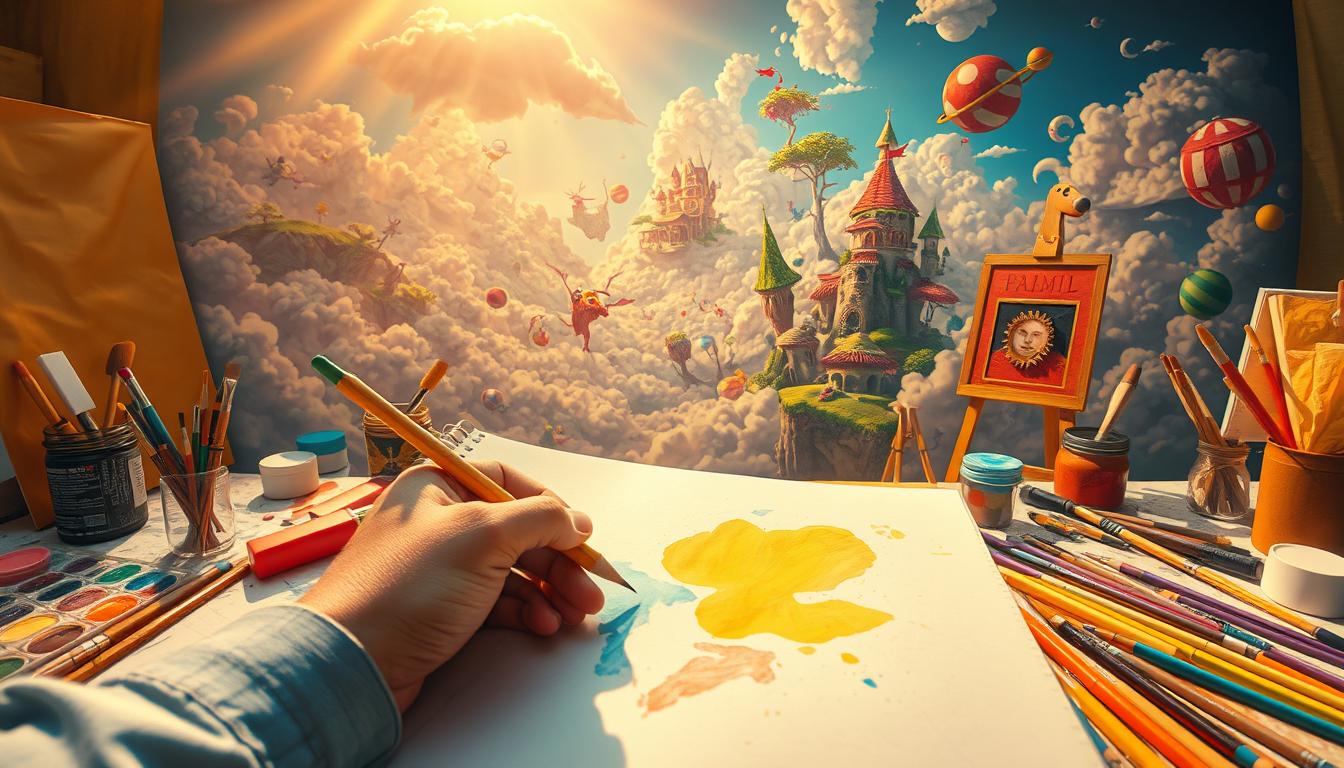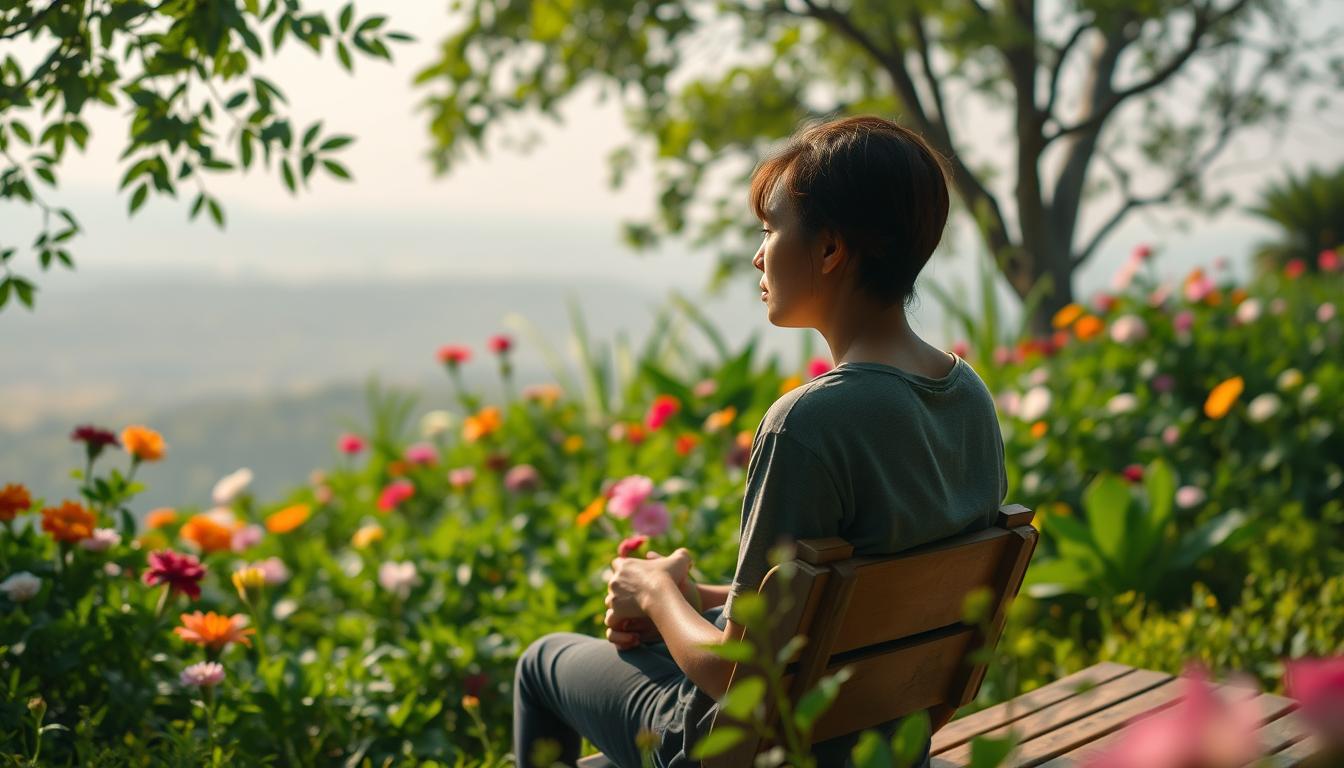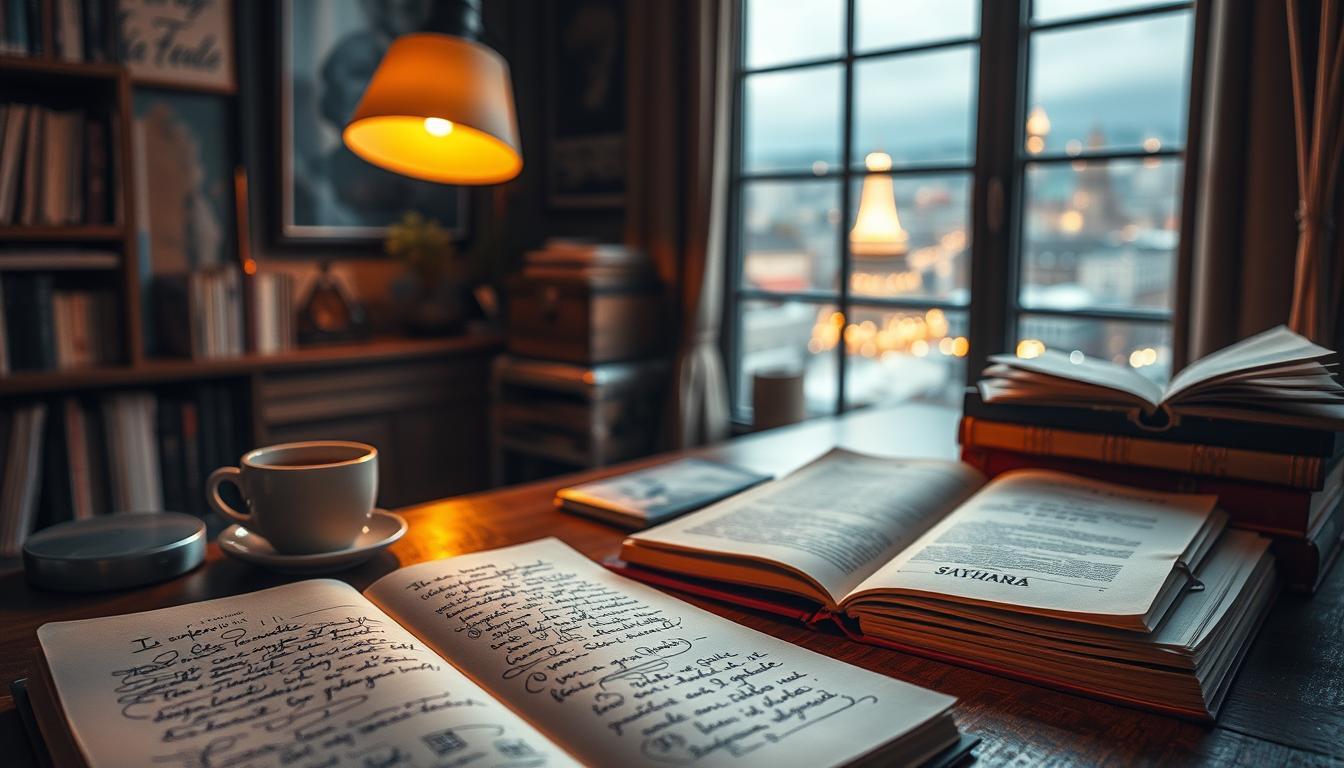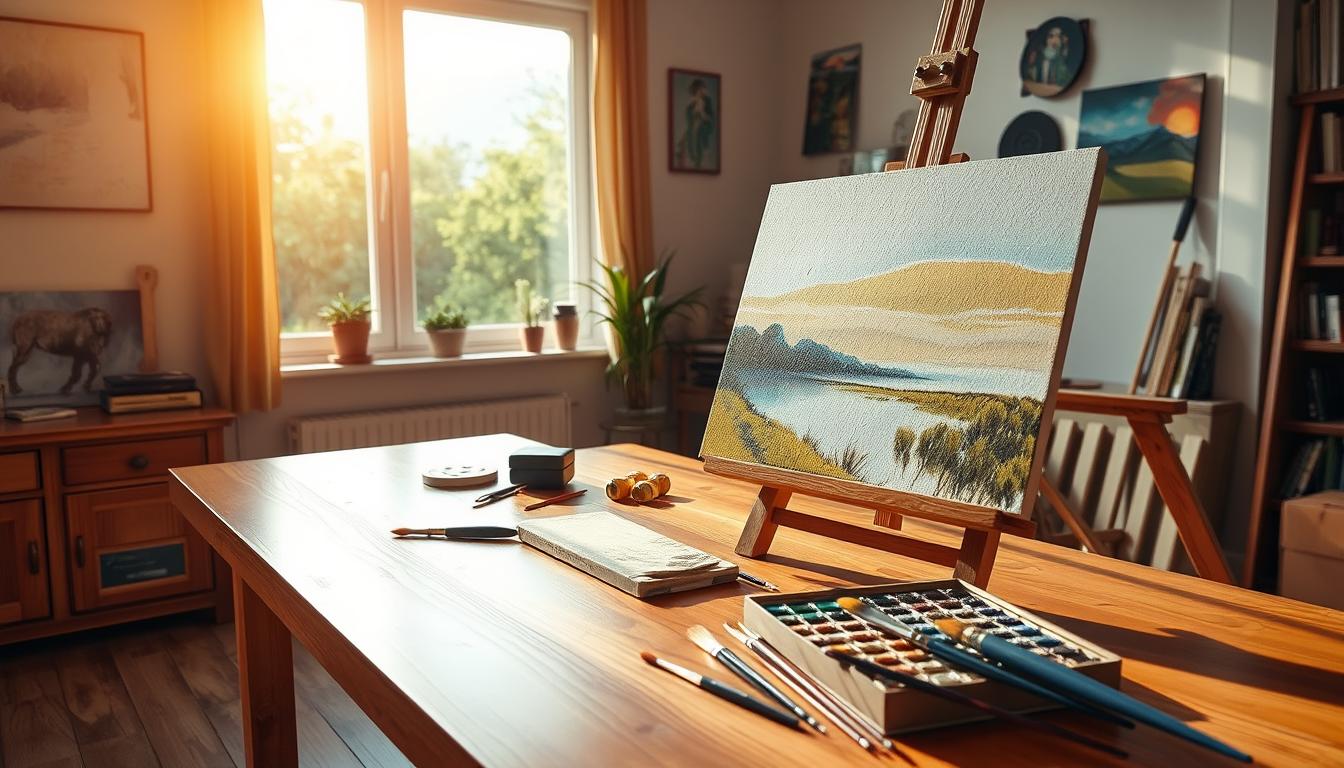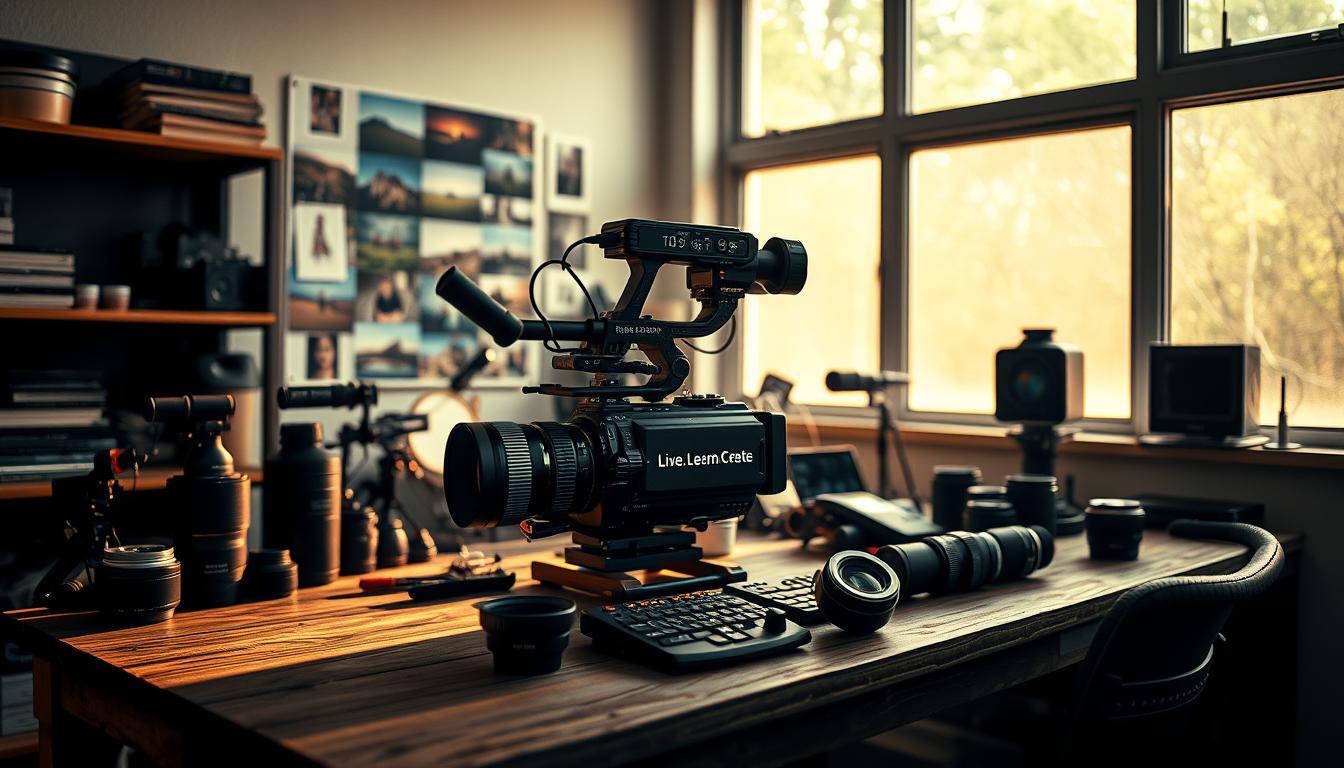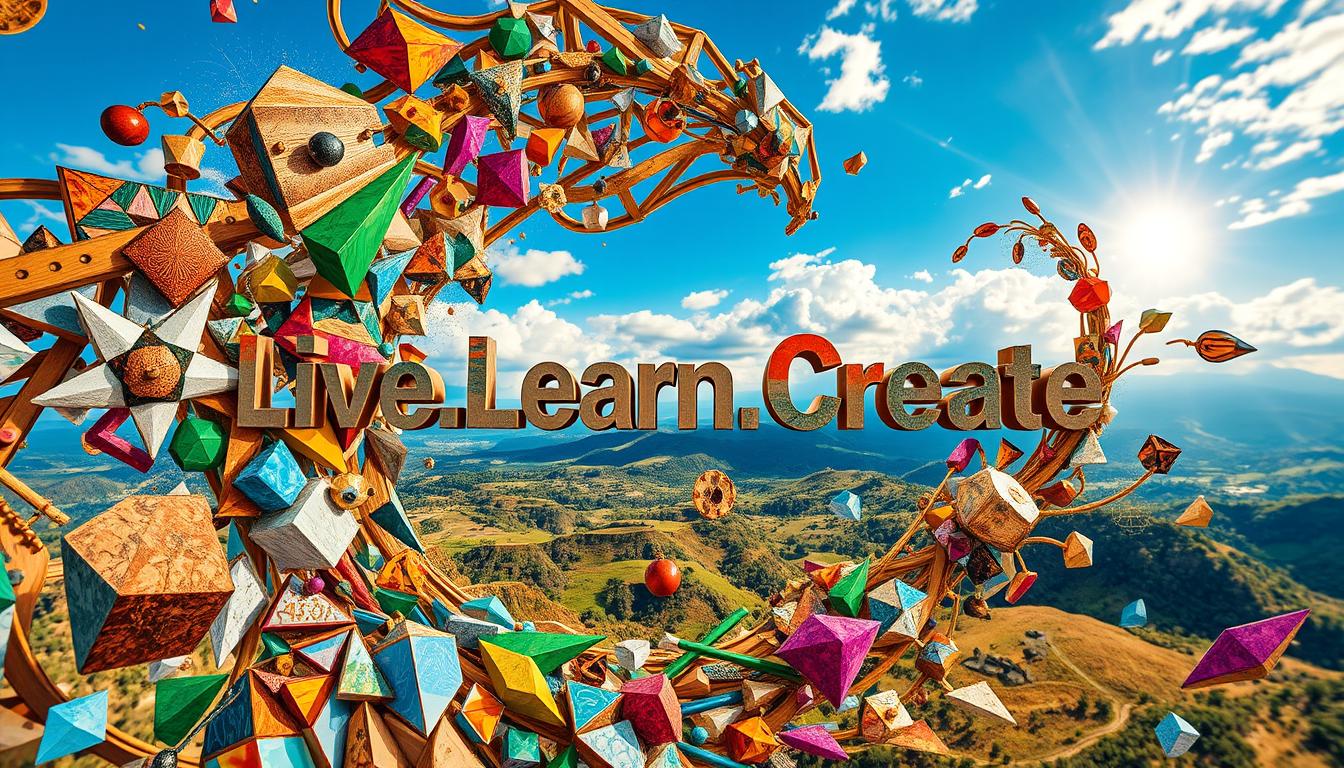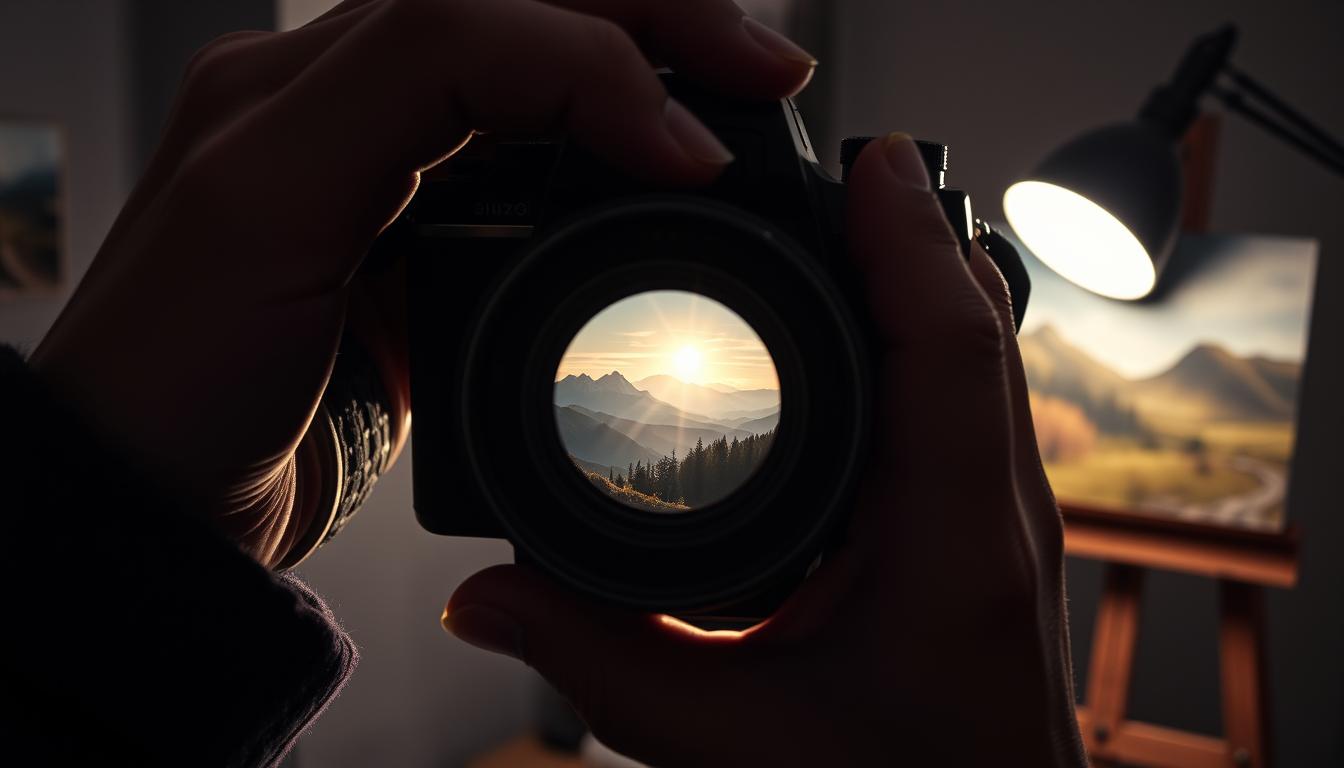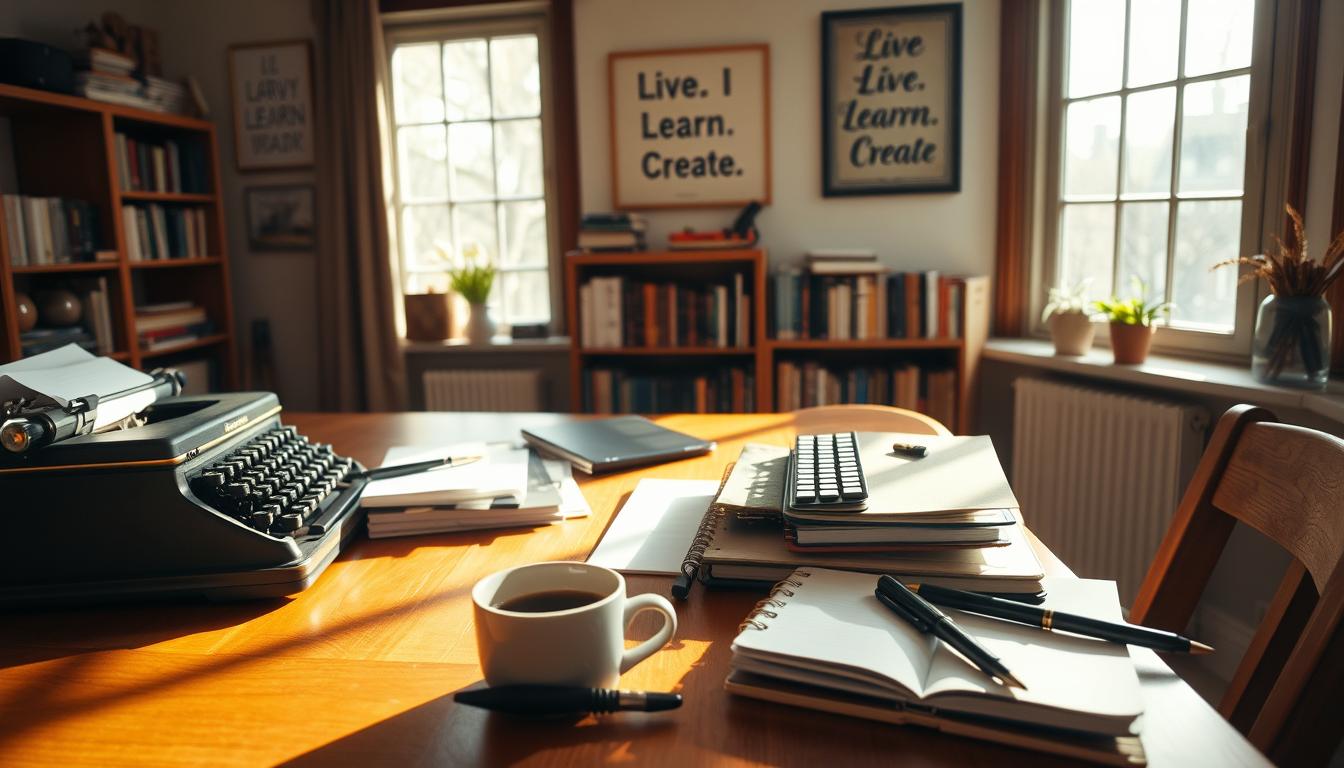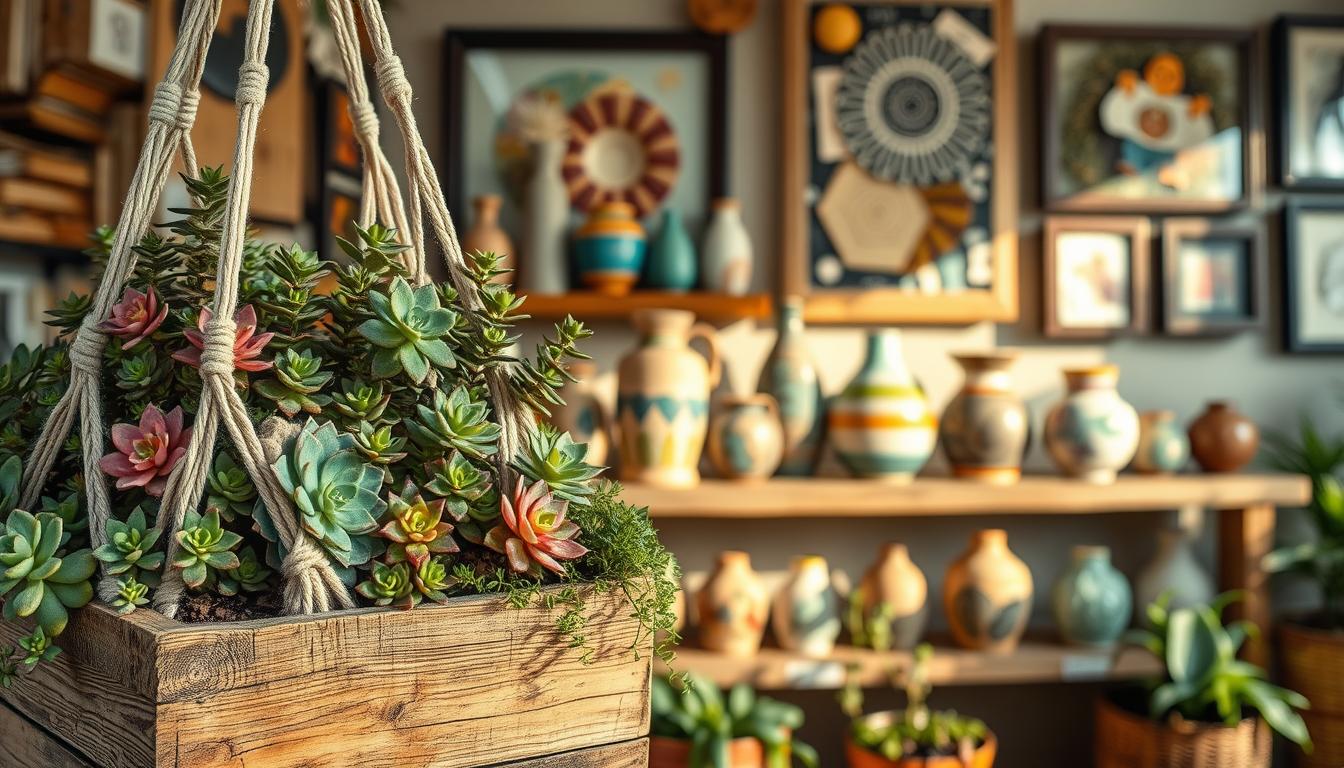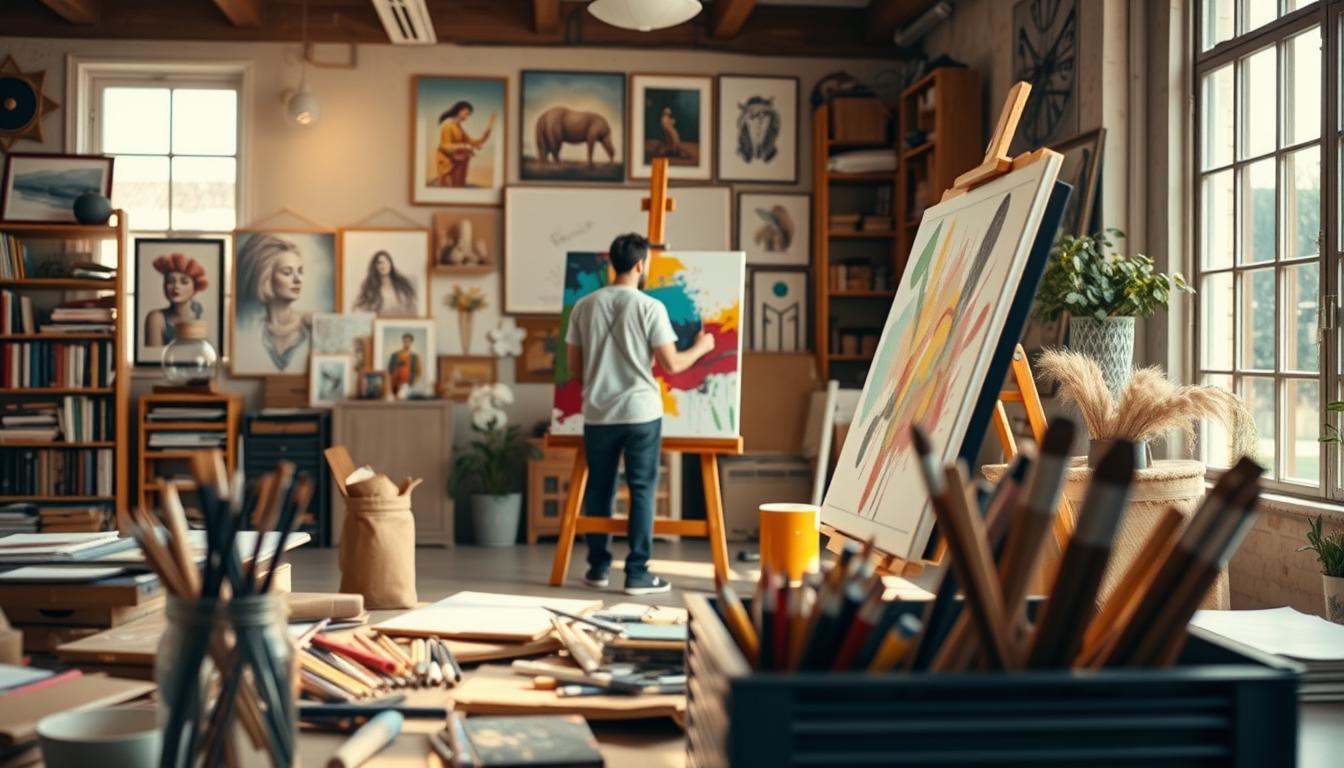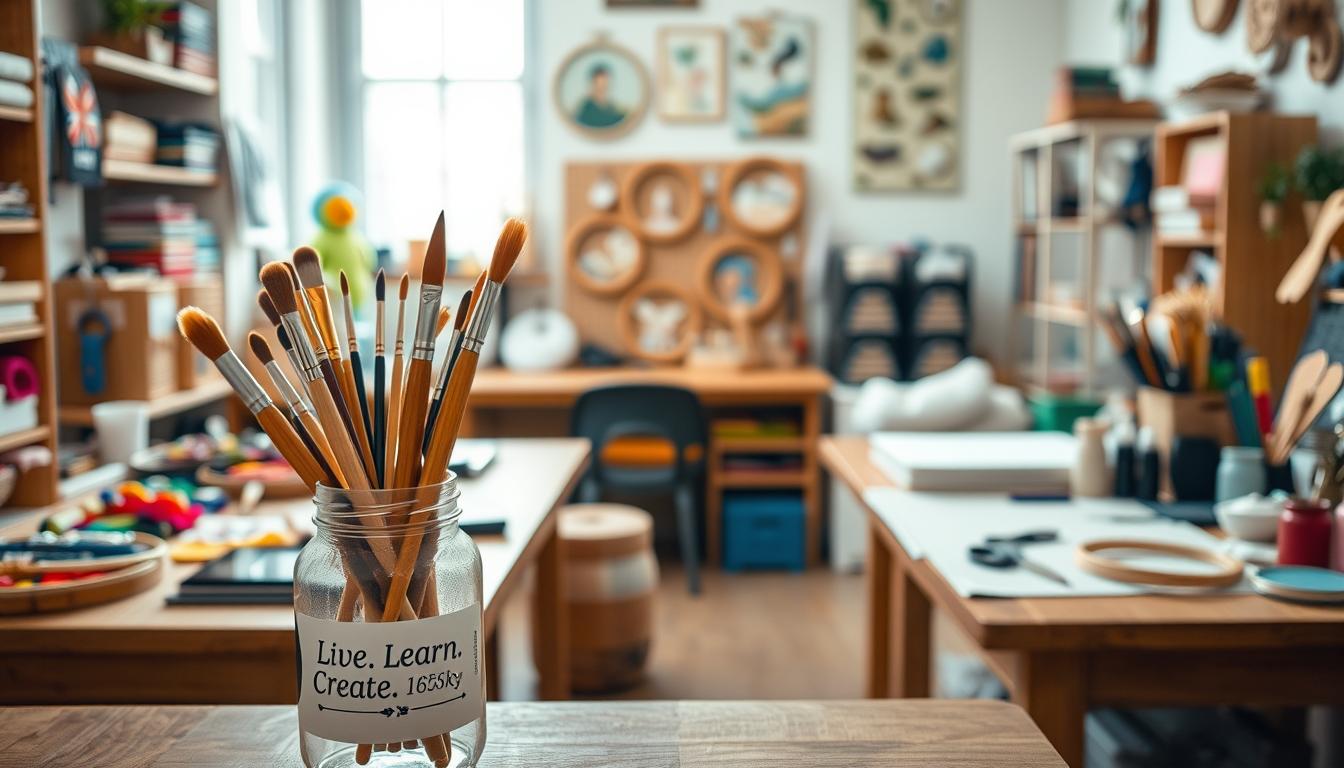Did you know drawing is a universal way to share ideas and feelings? It’s a simple yet powerful tool used for centuries. It lets us express our imagination and communicate complex ideas.
When we dive into artistic endeavors, we unlock our creativity exploration. Drawing is more than making art; it’s a way to share our thoughts and feelings. For more on drawing and its benefits, check out https://livelearncreate.blog/blog/.
By exploring drawing as a creative pursuit, we discover new parts of ourselves. It helps us communicate better. Drawing is useful in art, science, and daily life, offering a unique way to share our ideas.
Key Takeaways
- Drawing is a universal language for expressing ideas and emotions.
- It serves as a powerful tool for self-expression and communication.
- Engaging in drawing can enhance creativity and imagination.
- Drawing has applications across various fields, including art and science.
- It offers a unique means of exploring and expressing personal thoughts and feelings.
Understanding the Basics of Drawing
To unlock your creative potential, it’s key to grasp the basics of drawing. This skill is at the heart of original crafts and expressive activities. Drawing lets you express your imagination and bring your ideas to life.
The Importance of Observation
Observation is a crucial skill for drawing. It’s not just about looking; it’s about seeing details, shapes, and proportions. By improving your observation, you can better capture the essence of what you’re drawing.
Observation is not just about the visual; it’s also about understanding the structure and the story behind the subject. For example, when drawing a landscape, observing how light interacts with the terrain adds depth and realism.
Tools and Materials for Beginners
Choosing the right tools is vital for starting your drawing journey. Beginners can start with simple materials like graphite pencils, erasers, and sketchbooks.
| Tool/Material | Description | Use in Drawing |
|---|---|---|
| Graphite Pencils | Range from hard (H) to soft (B) | Ideal for sketching and shading |
| Eraser | Corrects mistakes, creates highlights | Essential for correcting errors and adding highlights |
| Sketchbook | A space for practice and experimentation | Provides a dedicated area for drawing and note-taking |
Different Drawing Techniques
There are many techniques to achieve different effects in drawing. Knowing these techniques helps you pick the right method for your vision.
Hatching and Cross-Hatching: These techniques involve shading with lines. Hatching uses parallel lines, while cross-hatching layers lines at different angles for deeper shading.
By mastering these basics and trying out different techniques, you can improve your drawing skills. This lets you take on imaginative projects with confidence.
Exploring Various Drawing Styles
Exploring different drawing styles is a journey that can help artists find their unique voice. Artists can try various techniques and mediums to show their imagination.
Drawing styles can be grouped into several types, each with its own traits and challenges. Let’s look at some popular styles and what makes them special.
Realistic vs. Abstract Drawing
Realistic drawing aims to accurately show the subject. It uses shading and perspective to look lifelike. Abstract drawing, on the other hand, focuses on expressing emotions and ideas through forms and colors.
Realistic drawing needs detail and precision. Abstract drawing encourages creativity and trying new things. Many artists find switching between styles helps them grow and be inventive.
Cartoon and Comic Art
Cartoon and comic art create stylized, often funny or story-driven drawings. It requires understanding character design, storytelling, and pacing. Cartoonists and comic artists use many techniques, from simple lines to detailed illustrations.
This style is fun and lets artists show emotions and action through exaggerated expressions and poses. It’s a way to explore creative ideas and have fun.
Sketching and Illustration Techniques
Sketching is a basic skill for many artists, involving quick drawings that capture a subject’s essence. Illustration creates detailed, often story-driven drawings for publications or media.
Both sketching and illustration need various techniques, from gesture drawing to detailed rendering. Mastering these techniques helps artists grow creatively and find their style.
![A surreal scene showcasing an array of diverse drawing styles. In the foreground, a skilled artist's hand wields a set of premium [Live.Learn.Create] drawing pencils (https://amzn.to/3NkpMR9), crafting intricate portraits and landscapes. In the middle ground, whimsical sketches come to life, from abstract patterns to fantastical creatures, using a variety of [Live.Learn.Create] drawing pens (https://amzn.to/3NkpMR9). The background reveals a vibrant mosaic of painting techniques, from bold acrylics to delicate watercolors, captured on a gallery wall under warm, natural lighting. This immersive scene showcases the boundless creativity and versatility of the drawing medium. A surreal scene showcasing an array of diverse drawing styles. In the foreground, a skilled artist's hand wields a set of premium [Live.Learn.Create] drawing pencils (https://amzn.to/3NkpMR9), crafting intricate portraits and landscapes. In the middle ground, whimsical sketches come to life, from abstract patterns to fantastical creatures, using a variety of [Live.Learn.Create] drawing pens (https://amzn.to/3NkpMR9). The background reveals a vibrant mosaic of painting techniques, from bold acrylics to delicate watercolors, captured on a gallery wall under warm, natural lighting. This immersive scene showcases the boundless creativity and versatility of the drawing medium.](https://livelearncreate.blog/wp-content/uploads/2025/08/A-surreal-scene-showcasing-an-array-of-diverse-drawing-styles.-In-the-foreground-a-skilled-1024x585.jpeg)
| Drawing Style | Characteristics | Techniques |
|---|---|---|
| Realistic | Accurate representation, detailed | Shading, perspective, measurement |
| Abstract | Non-representational, expressive | Color experimentation, gestural drawing |
| Cartoon/Comic | Stylized, narrative-driven | Exaggeration, caricature, storytelling |
| Sketching/Illustration | Spontaneous, detailed, narrative | Gesture drawing, rendering, composition |
Exploring different drawing styles helps artists find new ways to express themselves. Whether you like realistic, abstract, or other styles, keep trying and enjoy the journey.
The Role of Color in Drawing
Color in drawing is more than just looks; it’s a way to express feelings. Artists know that color can change a piece’s mood and impact. This makes color a key part of our artistic endeavors.
Color theory helps us mix colors in a way that looks good together. It’s a bit complex, but knowing the basics can make our original crafts better. Let’s explore the basics.
Understanding Color Theory
Color theory uses the color wheel to show how colors work together. It includes primary, secondary, and tertiary colors. These colors are the foundation of color harmony.
Knowing the color wheel is key to making colors work well together. For example, colors opposite each other on the wheel are called “complementary colors.” They make a bold contrast when used together.
Choosing the Right Color Palette
Picking the right colors is vital in drawing. It affects the artwork’s mood and feel. Think about the emotions you want to share with your audience. This is where expressive activities help, as trying different colors can find your unique style.
Using a few colors can be more powerful than many. It makes you think creatively with what you have, leading to a stronger piece.
Combining Colors Effectively
Working with colors is an art. It’s about knowing how colors work together. You can create contrast, harmony, or even discord, depending on what you want.
- Use analogous colors (colors next to each other on the color wheel) for a harmonious palette.
- Try different shades and tints to add depth to your work.
- Follow the 60-30-10 rule: 60% of a dominant color, 30% of a secondary color, and 10% of an accent color.
Mastering color in drawing can take your artistic endeavors to the next level. You’ll create pieces that are not just pretty but also touch the heart.
Inspiration for Creative Drawing
Finding the right inspiration can make your drawing better and spark new ideas. The world is full of things that can inspire us. We just need to look and see them as opportunities for creative projects.
Nature as a Muse
Nature has always inspired artists. A leaf’s patterns, a sunset’s colors, or a landscape’s calm can spark creativity. By noticing and loving nature, we grow curious and creative.
![Lush, verdant forest bathed in warm, golden afternoon light. In the foreground, a cascading waterfall spills over moss-covered rocks, its crystal-clear waters reflecting the surrounding foliage. In the middle ground, a meandering stream winds through a carpet of ferns and wildflowers, inviting the viewer to pause and find inspiration. In the distance, towering pine trees reach towards a cloudy, atmospheric sky. This serene, natural scene evokes a sense of tranquility and wonder, perfect for sparking the creativity of the artist. Suggested tools: [Live.Learn.Create] sketchbook, [Live.Learn.Create] drawing pencils, [Live.Learn.Create] watercolor palette. Lush, verdant forest bathed in warm, golden afternoon light. In the foreground, a cascading waterfall spills over moss-covered rocks, its crystal-clear waters reflecting the surrounding foliage. In the middle ground, a meandering stream winds through a carpet of ferns and wildflowers, inviting the viewer to pause and find inspiration. In the distance, towering pine trees reach towards a cloudy, atmospheric sky. This serene, natural scene evokes a sense of tranquility and wonder, perfect for sparking the creativity of the artist. Suggested tools: [Live.Learn.Create] sketchbook, [Live.Learn.Create] drawing pencils, [Live.Learn.Create] watercolor palette.](https://livelearncreate.blog/wp-content/uploads/2025/08/Lush-verdant-forest-bathed-in-warm-golden-afternoon-light.-In-the-foreground-a-cascading-1024x585.jpeg)
Everyday Life and Objects
Even everyday things can inspire us. The shapes, textures, and colors of common objects can inspire our drawings. This helps us see things differently and creates unique art.
“The main thing is to be moved by the sight of nature, to have a sensitive heart, and to express this sensibility by original conceptions.”
Famous Artists and Their Influence
Looking at famous artists can inspire us too. Learning from their techniques and styles can help us grow. It shows us how to make our art impactful.
Remember, our own view is what makes our art special. Letting the world inspire us can lead to amazing projects.
Developing Your Unique Style
Creating your own style in drawing is a journey. It takes patience, practice, and a desire to try new things. As you explore, you’ll find what makes your art special.
Experimenting with Different Techniques
Trying new techniques is crucial to finding your style. Experiment with hatching, cross-hatching, or stippling to see what you like. Mixing methods can lead to cool results.
For example, combining digital and traditional drawing can add unique textures and effects. Remember, mistakes can be opportunities for new discoveries.
Finding Your Thematic Focus
Your thematic focus is what ties your art together. It could be landscapes, portraits, or emotions you want to share. Think about what inspires you to find your focus.
Consider making a table to organize your ideas:
| Theme | Techniques | Inspiration |
|---|---|---|
| Landscapes | Hatching, Cross-hatching | Nature |
| Portraits | Stippling, Digital Drawing | People, Emotions |
Embracing Your Artistic Voice
Being true to your artistic vision is key. It’s about letting your personality show in your art. As you keep trying new things, your unique voice will come through.
Getting involved in original crafts and imaginative pastimes can also help. They let you explore your creativity further.
By embracing your unique style, you’ll improve your drawing skills. You’ll also add to the art world with your expressive activities.
Drawing as a Form of Therapy
Drawing is a creative way to explore emotions and practice mindfulness. It lets people express themselves in a healthy way.
 and a [Sakura Micron Pigma Pen Set](https://www.amazon.com/Sakura-30062-Pigma-Micron-Black/dp/B0008G8G8Y) rest on a well-worn wooden easel. The middle ground features a [Blick Studio Sketchbook](https://www.amazon.com/Blick-Studio-Sketchbook-Heavyweight-70-Pound/dp/B00006IDJ1), open to a page filled with expressive, gestural drawings. In the background, a [Live.Learn.Create] poster hangs on the wall, capturing the transformative power of artistic expression as a form of therapy. A serene, sun-dappled studio space filled with the tools of artistic endeavors. In the foreground, a [Prismacolor Premier Soft Core Colored Pencils Set](https://www.amazon.com/Prismacolor-Premier-Soft-Colored-Pencils/dp/B00006IEEU) and a [Sakura Micron Pigma Pen Set](https://www.amazon.com/Sakura-30062-Pigma-Micron-Black/dp/B0008G8G8Y) rest on a well-worn wooden easel. The middle ground features a [Blick Studio Sketchbook](https://www.amazon.com/Blick-Studio-Sketchbook-Heavyweight-70-Pound/dp/B00006IDJ1), open to a page filled with expressive, gestural drawings. In the background, a [Live.Learn.Create] poster hangs on the wall, capturing the transformative power of artistic expression as a form of therapy.](https://livelearncreate.blog/wp-content/uploads/2025/08/A-serene-sun-dappled-studio-space-filled-with-the-tools-of-artistic-endeavors.-In-the-1024x585.jpeg)
Benefits of Art Therapy
Art therapy, including drawing, offers many benefits. It’s a special way to express emotions and reduce stress. Drawing helps people understand their feelings better.
Drawing can also help with anxiety and depression. It improves mood and overall well-being. Through drawing, people can learn more about themselves and feel more confident.
Mindfulness Through Drawing
Drawing can be a mindfulness practice. It helps people stay in the moment. By focusing on creating, they can forget about the past or future.
Mindfulness in drawing means paying attention to sensations and colors. This mindful approach helps people appreciate the act of creating. It brings a sense of peace.
Sharing Your Artwork
Sharing artwork can connect people and build community. It helps individuals feel seen and understood. This reduces feelings of loneliness.
Sharing art online or in local groups is therapeutic. It lets people get feedback and encouragement. This boosts the benefits of their artistic journey.
Digital Drawing Tools
Digital drawing tools have changed how artists work, opening up new ways to create. As tech gets better, digital artists have more options. It’s an exciting time to dive into digital art.
Starting with digital drawing means learning about the tools you can use. A key tool for artists is the graphic tablet.
Graphic Tablets for Artists
A graphic tablet lets artists draw on a digital screen, turning their strokes into digital art. These tablets vary in size and features. They offer different levels of sensitivity.
| Feature | Basic Tablets | Advanced Tablets |
|---|---|---|
| Size | Small (6×4 inches) | Large (12×8 inches) |
| Sensitivity Levels | 1024 Levels | 8192 Levels |
| Additional Features | Basic Stylus | Programmable Buttons, Tilt Recognition |
When picking a graphic tablet, think about how much space you have. Also, think about how detailed you want your original crafts to be.
Software Options for Digital Artists
The software you use is as important as the hardware. There are many programs for different needs and skill levels.
- Adobe Photoshop: Top choice for raster graphics editing.
- Clip Studio Paint: Favorite among comic and manga artists.
- Krita: Free and open-source, with lots of brush engines.
Each software has special features. It’s good to try a few to see which fits your expressive activities best.
Creating Art Digitally vs. Traditional Methods
Digital drawing has its perks, like undoing strokes and working in layers. But, some artists love traditional media for its feel.
Whether you prefer digital or traditional drawing depends on you. Many artists mix both to explore more creative paths.
Using digital drawing tools can open up new ways to express yourself. It lets you bring your imaginative projects to life with ease and precision.
Joining a Drawing Community
As you keep exploring your artistic path, joining a drawing community can be very helpful. It offers support and feedback from others who love drawing as much as you do. This can boost your inventive pursuits and inspire you to try new things.
Being around people who share your passion can make you feel more connected and motivated. You can learn from each other, share your stories, and grow together in your creative exploration.
Finding Local Art Groups
To connect with other artists, look for local art groups. These groups meet to draw, share feedback, and talk about art. You can find them at:
- Community centers
- Art supply stores
- Local art organizations
- Social media platforms
Being part of a local art group can open doors to group shows, workshops, and other artistic endeavors.
. The middle ground features skilled painters, their brushstrokes flowing with confident expression, while the background reveals a gallery wall displaying vibrant, diverse artworks. Warm natural light filters through large windows, casting a cozy, inviting atmosphere. This is a space where creativity thrives, where artists come together to [Live.Learn.Create](https://www.amazon.com/stores/Live.Learn.Create/page/F1B7B5D1-AA9E-4A1B-BC32-90A3D9C3C7EB?ref_=ast_bln). An artistic community gathered in a sunlit studio, easels and canvases arranged in a harmonious composition. In the foreground, a group of friends engage in lively discussion, sharing techniques and ideas over steaming mugs of [Live.Learn.Create Ceramic Mugs for Artists](https://www.amazon.com/Live-Learn-Create-Ceramic-Artists/dp/B09KXGR7P7). The middle ground features skilled painters, their brushstrokes flowing with confident expression, while the background reveals a gallery wall displaying vibrant, diverse artworks. Warm natural light filters through large windows, casting a cozy, inviting atmosphere. This is a space where creativity thrives, where artists come together to [Live.Learn.Create](https://www.amazon.com/stores/Live.Learn.Create/page/F1B7B5D1-AA9E-4A1B-BC32-90A3D9C3C7EB?ref_=ast_bln).](https://livelearncreate.blog/wp-content/uploads/2025/08/An-artistic-community-gathered-in-a-sunlit-studio-easels-and-canvases-arranged-in-a-harmonious-1024x585.jpeg)
Online Platforms for Sharing Work
Online platforms are also great for sharing your art and meeting artists from all over. Some top sites include:
- DeviantArt
- ArtStation
These sites let you show off your art, get feedback, and keep up with art trends.
Participating in Art Challenges
Art challenges are another way to get involved with the drawing community. They keep you motivated, help you try new things, and improve your skills. You can find challenges on social media, art forums, and special challenge websites.
By joining a drawing community, whether online or in person, you can make your artistic journey better. You’ll get new ideas, support, and be part of a group that encourages your creative exploration.
Enhancing Skills Through Practice
Starting your drawing journey? Remember, practice is key. Regularly doing expressive activities and imaginative pastimes like drawing boosts your skills.
Daily Drawing Routines
Creating a daily drawing routine is super helpful. It helps improve your skills and keeps you excited. Make time each day, even if it’s just a few minutes.
- Begin with simple exercises like gesture drawing or contour drawing.
- Then, try more complex subjects like portraits or landscapes.
- Try different mediums and techniques to make practice fun.
Understanding Feedback and Critique
Getting feedback on your work is crucial. It shows you what to work on and helps you get better. Seek out helpful feedback from people you trust, and don’t be afraid of criticism.
- Join online communities or local art groups to share and get feedback.
- Take part in drawing challenges or contests to test your skills.
- Consider classes or workshops for personalized feedback.
Workshops and Classes to Consider
Workshops or classes can teach you new things and boost your confidence. Look for ones that match your interests, like figure drawing, cartooning, or digital art.
Some benefits of workshops and classes include:
- Learning from experienced instructors who offer personalized advice.
- Meeting other artists for inspiration and motivation.
- Practicing with different techniques and mediums.
By practicing regularly and getting the right help, you can really improve your drawing. You’ll also enjoy making original crafts.
Showcasing Your Art
Your artistic endeavors deserve to be seen. Showcasing your work is a key step in your creative journey. As you grow, sharing your art can be very rewarding.
Creating a Portfolio
A portfolio is a collection of your artwork. It shows your style, skill, and creativity. It’s vital for artists who want to share their work with galleries, clients, or on social media.
To make a great portfolio, remember these tips:
- Choose your best work to show your skills.
- Organize your pieces in a way that makes sense, like chronologically or by theme.
- Show a variety of pieces to show your range and versatility.
Options for Displaying Drawings
You can display your drawings in many ways, from physical shows to online platforms. Each method has its own benefits and can help you reach different people.
| Display Method | Benefits |
|---|---|
| Physical Exhibitions | Direct interaction with viewers, potential for sales, and networking opportunities. |
| Online Platforms | Global reach, easy to update, and accessible. |
| Social Media | Engagement with a community, promotional chances, and feedback. |
Marketing Your Art Effectively
Marketing your art means promoting it to potential buyers, galleries, and fans. Good marketing is about knowing your audience and using the right ways to reach them.
Key marketing strategies include:
- Building a strong online presence through websites and social media.
- Engaging with your audience by sharing your creative process and story.
- Collaborating with other artists or influencers to expand your reach.
By showcasing your art well, using different display options, and marketing smartly, you can grow as an artist. This fuels your inventive pursuits.
![Showcasing an artist's creative space, a well-lit studio with large windows, featuring a Live.Learn.Create easel [https://www.amazon.com/dp/B07WXFJX8V] holding a half-finished canvas. In the foreground, an array of art supplies, including high-quality paint brushes [https://www.amazon.com/dp/B0B8K2RGV9], a palette knife [https://www.amazon.com/dp/B07RWGB3LS], and a variety of vibrant paints [https://www.amazon.com/dp/B07GXKGP6X]. The middle ground showcases a framed work of art on the wall, highlighting the artist's unique style. In the background, a bookshelf displays a collection of art books and inspiration, complemented by a cozy reading nook with a plush chair [https://www.amazon.com/dp/B07BKNDSXZ]. The overall atmosphere is one of creativity, passion, and the pursuit of artistic endeavors. Showcasing an artist's creative space, a well-lit studio with large windows, featuring a Live.Learn.Create easel [https://www.amazon.com/dp/B07WXFJX8V] holding a half-finished canvas. In the foreground, an array of art supplies, including high-quality paint brushes [https://www.amazon.com/dp/B0B8K2RGV9], a palette knife [https://www.amazon.com/dp/B07RWGB3LS], and a variety of vibrant paints [https://www.amazon.com/dp/B07GXKGP6X]. The middle ground showcases a framed work of art on the wall, highlighting the artist's unique style. In the background, a bookshelf displays a collection of art books and inspiration, complemented by a cozy reading nook with a plush chair [https://www.amazon.com/dp/B07BKNDSXZ]. The overall atmosphere is one of creativity, passion, and the pursuit of artistic endeavors.](https://livelearncreate.blog/wp-content/uploads/2025/08/Showcasing-an-artists-creative-space-a-well-lit-studio-with-large-windows-featuring-a-1024x585.jpeg)
The Future of Drawing
Drawing is always changing. New trends and tech are coming, changing how artists work. The future will bring new, imaginative projects that break old art rules.
Emerging Trends
Today, art is all about new crafts. Artists mix old and new, using digital tools. This mix is creating fresh ways to express art.
Technological Advancements
Technology is big in art now. Digital tools let artists try new things. As tech gets better, drawing will keep getting more creative.
Evolution of Drawing
Drawing will keep changing, with new styles and ways to make art. Artists who adapt will grow and improve. Drawing will always be a key way to express ourselves.
FAQ
What are the benefits of drawing as a creative pursuit?
Drawing lets people express themselves in a unique way. It’s a powerful tool for sharing ideas and feelings. By drawing, people can explore their creativity and imagination.
What are the essential skills and knowledge required to get started with drawing?
To start drawing, you need to observe well. This sharpens your attention to detail. Beginners should use basic tools like pencils and paper. They can then try different techniques to create various effects.
How can I develop my unique style in drawing?
To find your style, try different techniques and themes. Embrace your artistic voice. This way, you can discover your unique way of expressing creativity.
What is the role of color in drawing?
Color adds depth and emotion to drawings. Knowing color theory helps choose and mix colors. This makes your artwork more appealing and expressive.
How can I stay inspired and motivated to continue drawing?
Find inspiration in nature, daily life, and famous artists. A creative mindset helps keep you motivated. Exploring new ideas keeps your artistic journey exciting.
What are the benefits of joining a drawing community?
Being part of a drawing community connects you with like-minded people. Sharing your work and getting feedback keeps you motivated. It helps you grow as an artist.
How can I improve my drawing skills through practice?
Make drawing a daily habit. Feedback from others helps spot areas for improvement. This way, you can keep growing and exploring new creative paths.
What are the benefits of digital drawing tools?
Digital tools like graphic tablets offer new creative possibilities. They make experimenting easier. This opens up new ways to express yourself through art.
How can I showcase my artwork effectively?
Creating a portfolio and displaying your work is a good way to showcase it. Online platforms and exhibitions can also help you reach more people. This can lead to a successful art career.
Transform your home into a more peaceful and mindful sanctuary. Creating a Zen-inspired home environment is a core part of the “Live.Learn.Create” theme, focusing on peace, mindfulness, and a clutter-free space. Here is a curated list of Zen home items.
The Zen Essentials
These items are the building blocks of a calm, intentional living space.
- Candles & Scents:
- Scented Candles: Look for calming, natural scents like sandalwood, lavender, white tea, or bergamot. Choose candles made with soy or beeswax for a clean burn.
- Essential Oil Diffusers: A minimalist, sleek diffuser made of bamboo, ceramic, or glass.
- Essential Oil Sets: Look for blends specifically for relaxation, focus, or sleep.
- Incense & Burners: Natural incense sticks (e.g., palo santo, sage) with a simple, elegant burner.
The Zen Decor
This is about incorporating natural elements and simple design.
- Natural Materials:
- Wood or Bamboo Trays: For organizing candles, stones, or other small items.
- Ceramic Vases: Simple, unglazed ceramic vases in neutral colors like white, beige, or gray.
- Minimalist Art: Simple line drawings, abstract prints, or nature-inspired artwork.
- Hand-Carved Stone Coasters: Or other small stone sculptures.
- Textiles:
- Linen or Cotton Throws: A soft, neutral-colored throw blanket to add warmth.
- Jute or Sisal Rugs: These add natural texture and grounding to a space.
- Meditation Cushions (Zafu) & Mats (Zabuton): These provide comfort for meditation and add a serene touch to a room.
The Zen Ambiance
These items help create a peaceful sensory experience.
- Lighting:
- Himalayan Salt Lamps: These provide a warm, soft glow.
- Japanese-style Paper Lanterns: For a soft, diffused light source.
- Dimmable Smart Bulbs: To easily control the warmth and brightness of your lighting.
- Sound:
- Tabletop Water Fountains: The gentle sound of running water is incredibly calming.
- Wind Chimes: Made from natural materials like bamboo or metal for a soft sound.
- Bluetooth Speakers: Small, aesthetically pleasing speakers for playing ambient or meditation music.
- Nature:
- Bonsai Trees or Air Plants: Low-maintenance indoor plants that bring life and a touch of nature indoors.
- Zen Gardens: A small, tabletop sand garden with a rake and stones for a meditative ritual.
- Decorative Rocks & Pebbles: For bowls or as a decorative element.
Best Sellers https://amzn.to/3Vet1tI
New Releases https://amzn.to/4mwLjTi
Amazon Movers & Shakers https://amzn.to/4fPsZlP
Mindfulness Coloring Books https://amzn.to/4fQ0wMx
Personal Growth Coloring Books https://amzn.to/4lJeRf0
Health & Wellness https://amzn.to/4oRt24C
Zen Home Decor https://amzn.to/3VeA3i6
Zen Garden Decor https://amzn.to/4mXjT8D
Zen Garden https://amzn.to/3HQTVVB
- Mindfulness & Meditation:
- Physical Wellness:
- Habit & Productivity Tools:
- Books:
- Best-selling personal development books (Mindset, The 7 Habits of Highly Effective People, The Subtle Art of Not Giving a F*ck)
- Books on a variety of skills (coding, photography, writing.)
- Educational Gadgets:
- Smart pens that digitize notes (e.g., Rocketbook)
- Portable scanners for digitizing documents
- Laptops, tablets, and accessories
Create (Creativity, Innovation, Projects)
These products cater to your creative side, whether you are a artists, writer, or DIY enthusiasts.
- Creative Supplies:
- Adult coloring books or “paint-by-sticker” books
- Craft kits (e.g., candle-making, pottery, embroidery)
- Digital Creation Tools:
- General Inspiration & Making:

